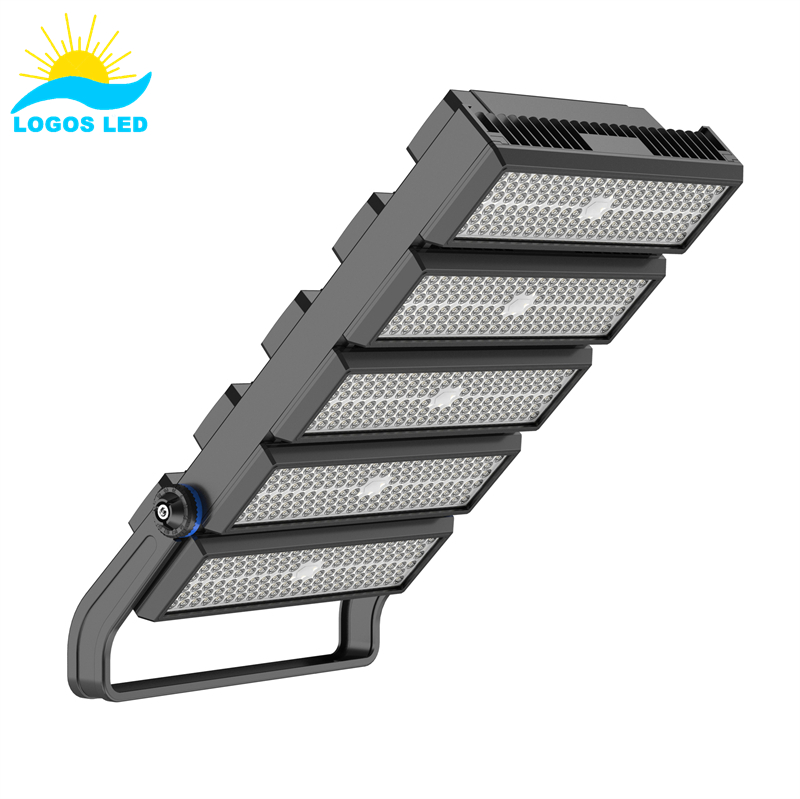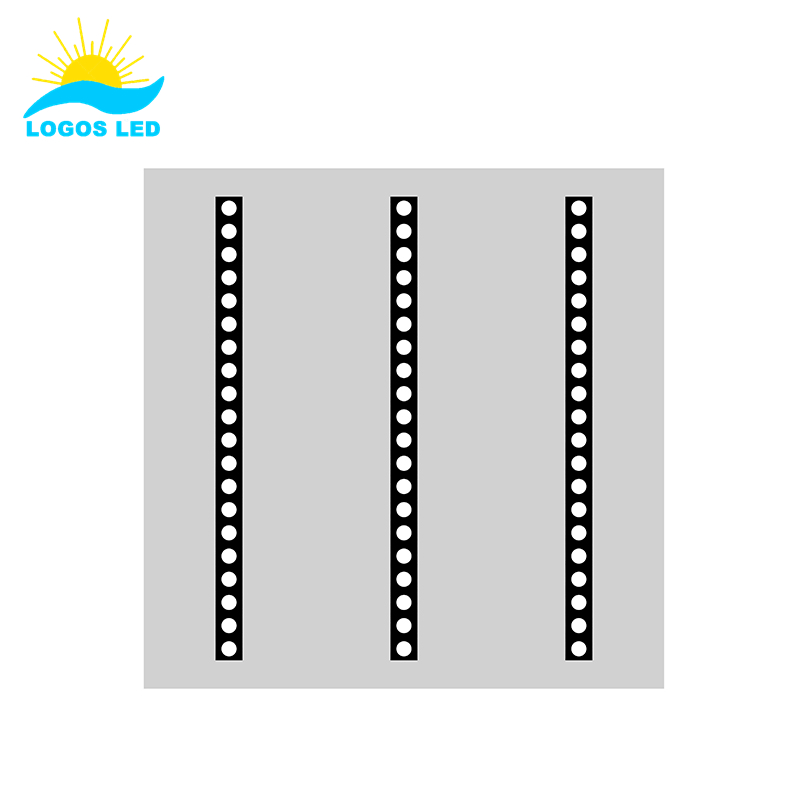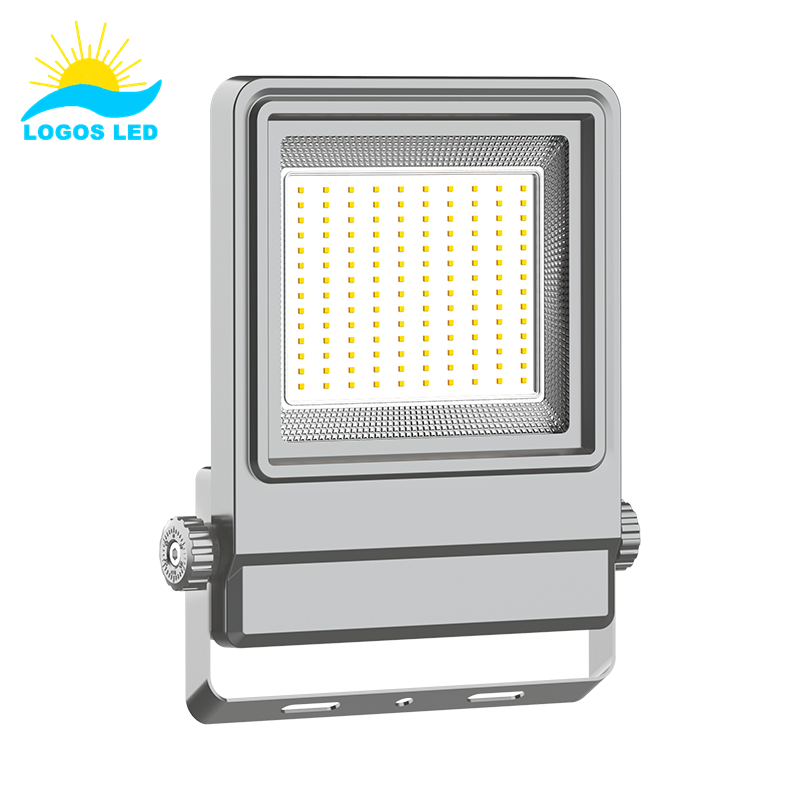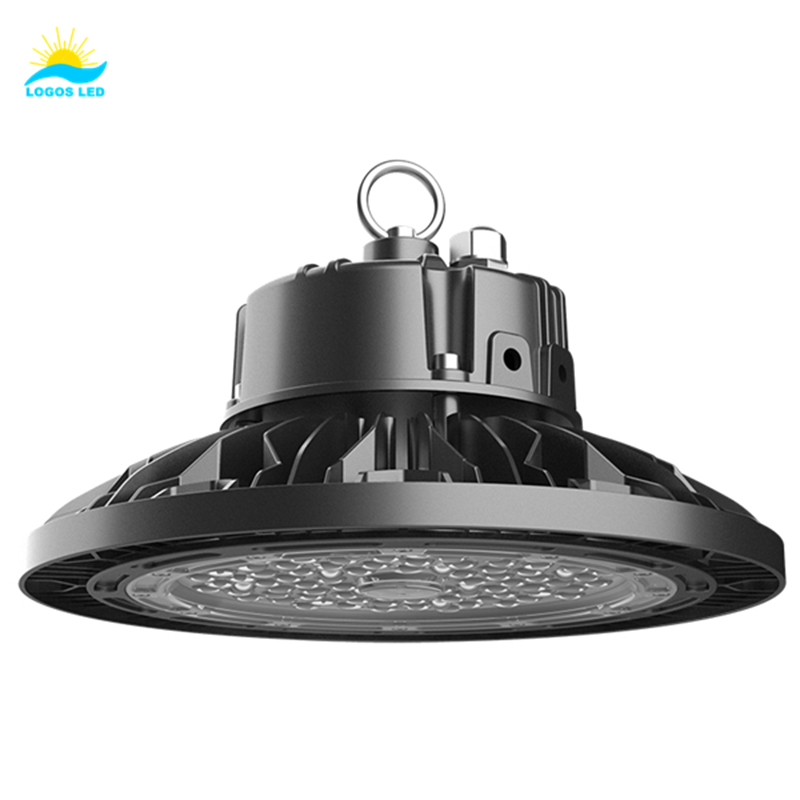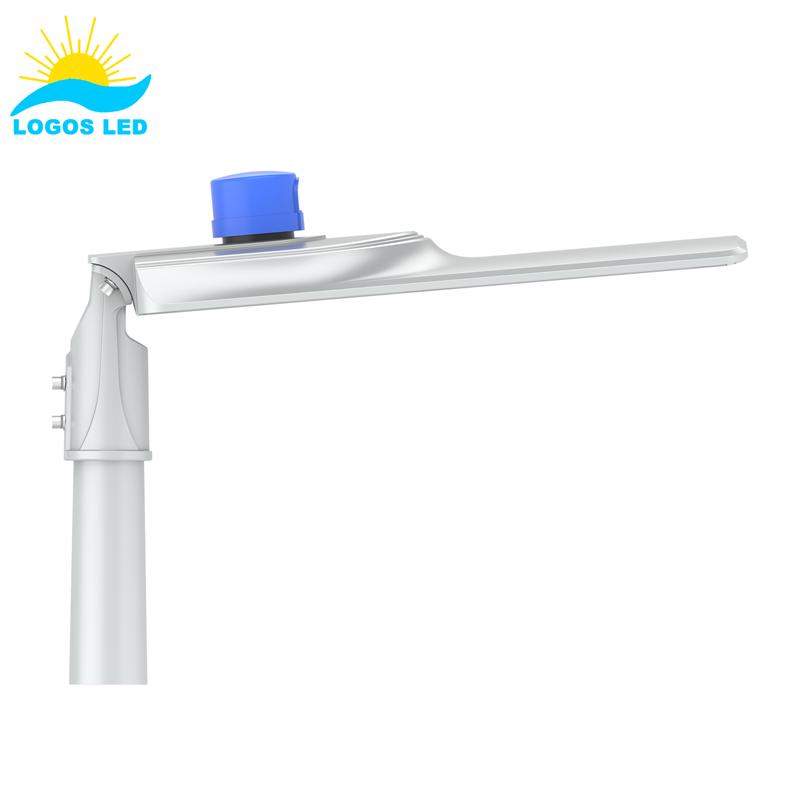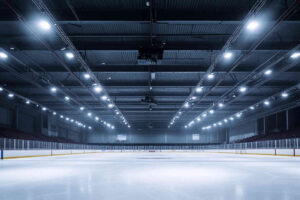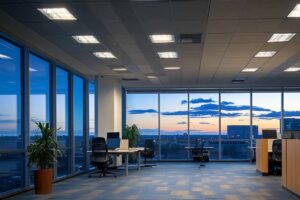The LED industry has entered a mature stage, and general lighting technology has become transparent, entering the competition of scale and quality control. In recent years, the improvement of safety awareness has made users pay more attention to the application of emergency lighting, and emergency power supply, as the core of emergency lighting, plays a key role.
But at present, users do not understand emergency power supply. Isn’t it just a power supply with a battery? Not so, the two seem to be almost the same on the surface, but the internal technology of the emergency power supply is much higher than that of the driving power supply. It has the functions of managing power supply and driving and plays the role of connecting up and down. The particularity of the emergency power supply is that it belongs to a recessive product and is in a non-working state most of the time. From a technical point of view, the biggest difference between the two is that the emergency power supply can provide stable lighting in the event of a power failure or in certain specific situations, such as when the power failure or grid fluctuations are large, emergency lighting is activated to replace the main light source. Emergency power supply, as the name implies, must be a more emergency situation when it needs to be activated, and how to ensure that an emergency power supply that is mostly in a standby state can work normally when it is needed is another important task of emergency power supply.
Table of Contents
Emergency power supply and ordinary drive power
Different from an ordinary power supply, an emergency power supply has an emergency function, which can start backup battery lighting in an emergency. Its basic working principle is that it is directly powered by the city power daily, and the AC / DC drive control circuit is used to provide a low-voltage DC power supply. It mainly supplies power for the LED lamps during normal maintenance and charges the spare battery that comes with the system; when a fault occurs or, when the mains power fails, the emergency backup battery drives the emergency light and supplies power to the electrical equipment. Because of its particularity and importance, the user’s requirements for an emergency power supply are much higher than an ordinary power supply, and its response speed, emergency lighting duration, battery capacity, conversion efficiency, and other aspects of its performance when power is turned off are all put forward higher requirements.
Start-up / conversion time
The start-up/conversion time differs according to the actual engineering and relevant regulations: the conversion time of standby lighting and evacuation lighting should not exceed 5s; the conversion time of safety lighting should not exceed 0.5s.
Conversion efficiency
In terms of conversion efficiency, the utilization rate of the battery, that is, the energy loss ratio of the battery’s energy converted to the output emergency light power supply, the higher the better, because the energy will be lost during the conversion process, if the conversion efficiency is low, it needs to be equipped with a higher capacity battery, while with higher conversion efficiency, the battery will be smaller at the same power, it will be more energy-efficient and the cost will be lower.
Switching voltage
In terms of voltage conversion, under normal circumstances, the domestic market is 132-187V, that is, the emergency lighting must be activated when the power is reduced to 132V. If it exceeds 187V, it must be switched back to the main power state. The European market is also almost in this range.
Emergency lighting time
In terms of emergency lighting time, emergency lighting for general evacuation areas, vertical evacuation areas, crowded evacuation areas, and underground evacuation areas must last at least 30 minutes; for emergency evacuation sites, and evacuation areas, emergency lighting must last at least 60 minutes; firework areas, Emergency lighting such as fire control room, power distribution room, water pump room, etc. shall be continuously powered for at least 180min. The emergency lighting time is mainly related to the battery. At present, in general, it is generally greater than or equal to 90 minutes in China, and 3 hours in countries such as Europe.
Emergency lighting brightness
In terms of emergency lighting brightness, it is mainly related to the output power of the battery. To control the output power through the power supply, a more general solution is to use constant power output to control the technology. The constant current scheme may also need to consider the current and voltage of the lamp bead, so the deviation is relatively large. Under normal circumstances, the European market has a minimum of 5W. Unless the customer has specific requirements for the brightness of emergency lighting on certain occasions, it is necessary to provide corresponding solutions according to the specific situation.
In addition to a number of high requirements in terms of performance, and an even more important point is that emergency lighting is a fire safety product, any parts need to be designed in strict accordance with safety regulations, meet the requirements of safety certification, and the reliability reaches Above standard.
At present, emergency lighting has been widely used in factories, industrial and mining, chemical plants, shopping malls, gas stations, stages, and other places that have high requirements for product performance and reliability, and has regional requirements, that is, the product has strong temperature adaptability.
If you have any questions about emergency LED lighting products, welcome to contact us directly.
Request A Free Quote Now!
Send us a message if you have any questions or request a quote. We will get back to you ASAP!





